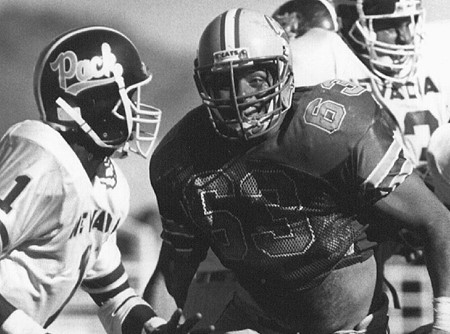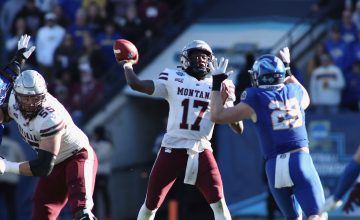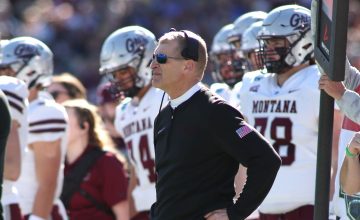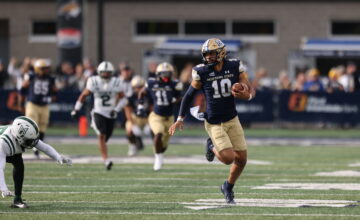Editor’s Note: This story originally was printed in the program for the inaugural Montana Football Hall of Fame banquet in the spring of 2018. Widmer ultimately declined induction to the Hall.
As has been the case for defensive line groups throughout most of football history, Montana State’s defensive line in the late 1980s loved to tease and talk trash to each other.
Jason Hakert remembers one day before practice giving a good ribbing to Corey Widmer about one thing or another. Trying to get the goat of the hulking Widmer was one of Hakert’s favorite pastimes.
All of a sudden on one particular day in Bozeman, Widmer swung his tree trunk of a leg and kicked Hakert square in the side of the head as the two stretched.
“I am lucky I was wearing my helmet,” Hakert said with a long laugh during an interview in February. “That’s how flexible he was.”
Having the flexibility to swing your leg swiftly and kick a 6-foot-4 person in the head is impressive for anyone. For a defensive tackle that weighed 285 pounds and could squat more than 550 pounds to be able to do such a thing was downright astounding.
“He was so athletic,” Hakert said. “He could do things normal people couldn’t do. You can’t imagine a 6-foot-4, 285-pound guy who can run a 4.6 (40-yard dash). That’s not normal.”
During Widmer’s career at Montana State, the Bobcats struggled under maligned head coach Earle Solmonson. But the Bozeman native’s star shone bright. Widmer earned first-team All-Big Sky honors in 1989, 1990 and 1991 and Big Sky Conference MVP honors as a junior in 1990.
The two-time Division I-AA All-American was a seventh-round draft pick (No. 180 overall) by the New York Giants in the 1992 NFL Draft. In the league, his athleticism was put on full display.
Widmer learned quickly that he was not big enough to survive on the interior of the Giants’ defensive line. So he cut 25 pounds to 260 and learned how to play standup inside linebacker. The move led to a successful eight-year NFL career and an induction into the Montana Football Hall of Fame, which Widmer ultimately declined. But that does not take away from his individual greatness.
“He probably wasn’t big enough to play defensive line in the pros but he was athletic enough to move from there to linebacker,” former Montana State defensive line coach Donn Dunn, now the director of player operations at Purdue, said in February of 2019. “Great athlete, smart kid, very sincere, conscientious, always wanted to please. That’s why he transitioned to the NFL so well.”
Because he was traveling abroad, Widmer was not available for an interview for this biography.
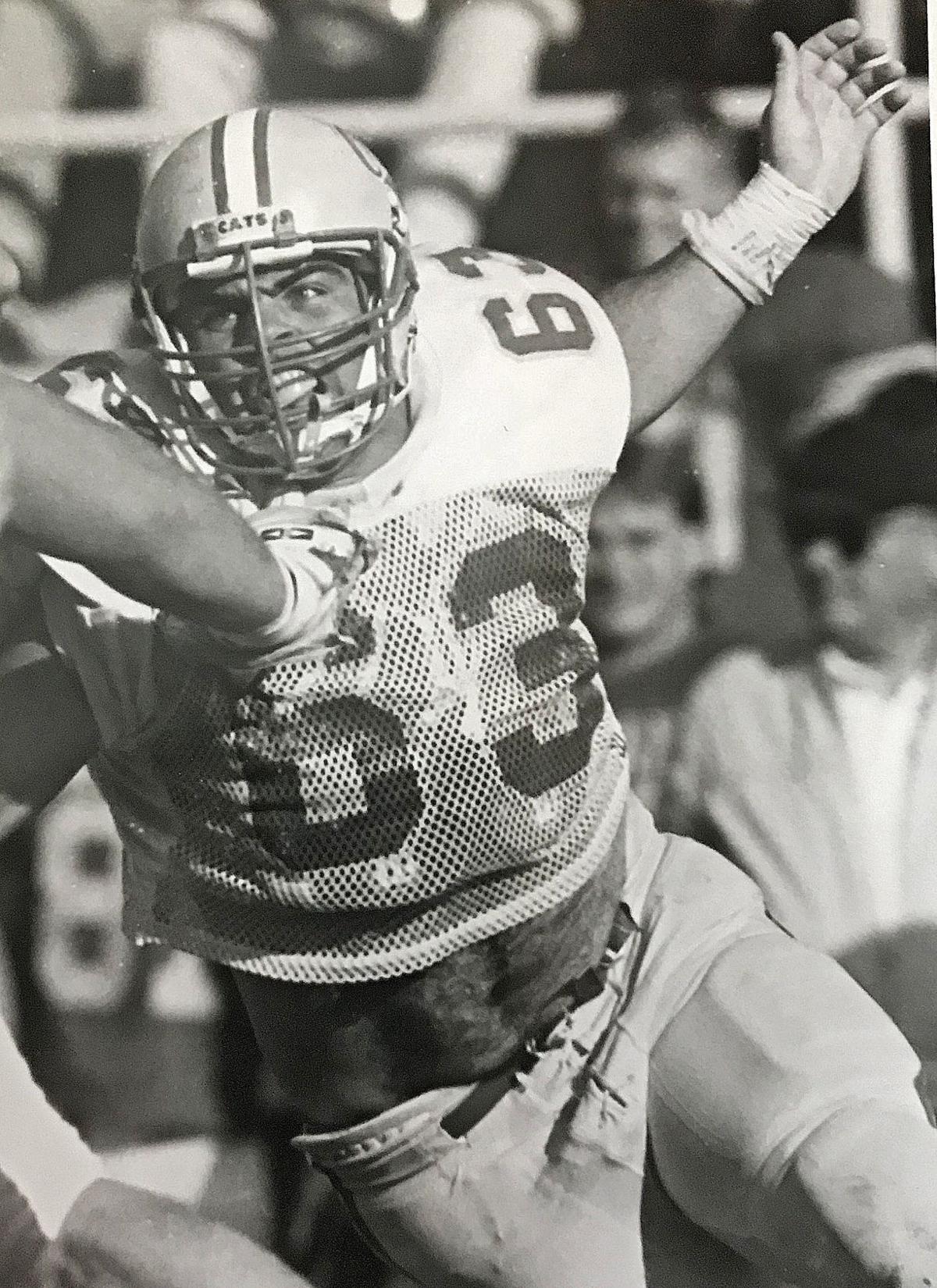
Widmer played at Bozeman High with fellow athletic specimen Shane Collins, another gifted athlete who went on to earn All-Pac 10 honors in football and track at Arizona State before being drafted by the Washington Redskins. Although that team had two future NFL Draft picks and a few other future Montana State Bobcats, the Hawks never forged a winning record.
But that did not curb Widmer’s unshakeable focus and the work ethic he started displaying at a young age. According to a story by Paul Burns in the Bozeman Chronicle in 1996, every evening as a youth after he finished doing his homework, Widmer would go outside, grab a massive tree trunk and run with it up the hill behind his family home he shared with his mother, Diana Lewis; stepfather, Lee; an older sister and an older brother.
“We got lucky because he moved into Bozeman for high school,” Dunn said. “He had an unbelievable amount of athletic ability. Sometimes, you don’t find guys like that in a small town like Bozeman.
“The thing I remember about him is he had great hips and flexibility. He came to our camps and seeing him move and run and change direction, I thought he was a very special player right away. And he kind of fell into our laps.”
Hakert, himself a standout defensive lineman out of Billings Central High, remembers his first meeting with Widmer in the championship wrestling match of the Cowboy Invitational in Miles City.
“That was my first dose of Corey. He was a grown man,” Hakert said of the completion more than 30 years ago. “He was probably 6-foot-3, 230 pounds at 17 years old. Corey was just the next size bigger. I always used to tell him he could grow a full beard by lunch.”
Back in those days, Bozeman was in the West when the coaches drew the line to select for the annual East-West Shrine all-star game. Hakert made the East squad as a linebacker but ended up playing offensive line and going heads up with Widmer.
“That was a real treat,” Hakert, now a wrestling and football coach at Billings Central, laughed.
In Bozeman, Hakert and Widmer were paired as roommates in the dorms, the beginning of a tight friendship. When Widmer first arrived on campus, his dedication to his singular stated goal of becoming an NFL Draft pick was on full display from the outset.
“He was all about business 24/7,” former MSU wide receiver and kick returner Rob Tesch said in an interview from Helena. “He worked out all the time, studied film, he did everything the right way as far as off the field which created his havoc on the field. He was a beast.”
Tesch remembers observing Widmer’s focus and noticing that some interpreted it as Widmer acting “too cool” or “standoffish”. But his teammates and friends quickly recognized it was no act. Widmer was going to play in the NFL if he had anything to do with it. He would not let anything stand in his way.
“A lot of it was natural ability but that guy lived in the weight room,” Hakert said. “There were very few guys who worked as hard as he did. He had a ton of ability but he really did work hard. He was always trying to figure out a better way to do it.
“Back in those days, very few guys stayed around in the summer. Of course, he lived in Bozeman so he lived in the weight room. I stayed a couple of summers and worked out with him. The guy was dedicated.”
As a sophomore in 1989, Widmer earned first-team All-Big Sky honors. Dunn, who left MSU after the season before climbing the coaching ladder with stops at Nevada, Ole Miss and Auburn, saw Widmer’s potential building.
“I was lucky enough to be a graduate assistant at Tennessee when (NFL legend) Reggie White was there and Corey and Reggie were the same with their hips,” Dunn said. “They could turn their hips naturally and get between a small space, two offensive linemen.
In 1990, Widmer put together arguably the best season ever by an interior defensive lineman in the Big Sky. Widmer piled up 17 sacks and 25 tackles for loss to earn Big Sky Defensive MVP honors.
“Corey was a man playing with boys,” Hakert said. “He really was. He was so strong, so athletic, so flexible and he could do things most people couldn’t dream of doing.”
Widmer finished his MSU career with 66 tackles for loss and 35 sacks, still among the best totals in school history. He is widely considered one of the finest interior linemen in the Big Sky in the last 25 years.
“What amazed me the most about Corey is when he left Bozeman, he weighed about 285,” Hakert said. “Then he goes to the NFL and he ends up losing 25 pounds and playing middle linebacker. I don’t think he played a down of football in his life standing up until he got to the NFL. And then he started at middle linebacker. In the league. Think about that.”
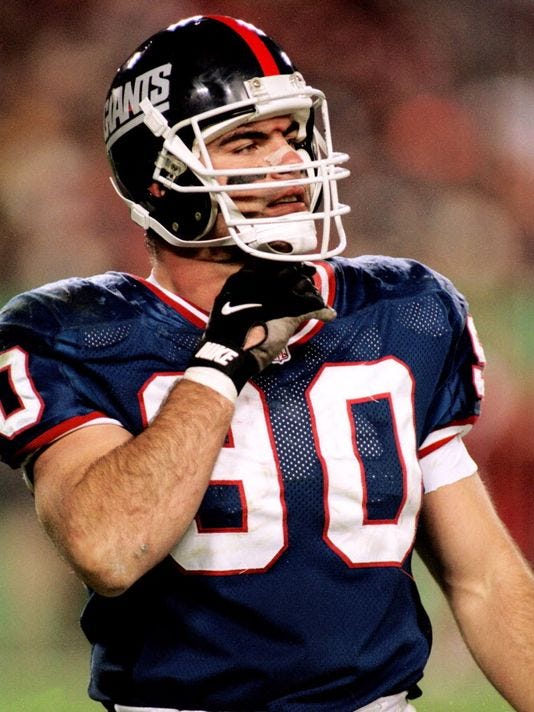
The Giants drafted Widmer with the intention of playing him in the trenches, but that did not last long. By the middle of the 1992 season, he was mastering a whole new existence.
“I had to learn the sport of football all over again,” Widmer told the Chronicle in 1996, the same season he earned the starting middle linebacker job for the Giants. “I had to learn formations. I never had to know where the tight end lines up. I never backed up before. I was always going forward and all of a sudden I had to go back in pass coverage.
“It’s so tough to learn in the NFL because everything happens so fast.”
As a rookie in 1992, Widmer played in eight games and made five tackles. In 1993, Widmer played in 11 games. In 1994, he broke into the starting lineup for five games and finished with 32 tackles. By 1996, he was a full-time starter, notching 68 tackles his first year starting in the middle of the Giants defense.
“I just wanted to get drafted, and then I got drafted,” Widmer told the Chronicle in 1996.“Then, I just wanted to make the team, and I made the team. Then I wanted to be the special teams’ MVP and I won that last year and I think I should have won it the year before.
“Then, I wanted to be a starter. And now I have my sights set on being the Giants’ defensive MVP.”
In 1997 he finished with a career-high 69 tackles. He had 58 tackles his third year as a starter and 41 in his final NFL season in 1999. He finished his career with 384 tackles, 7.5 sacks, four interceptions and two forced fumbles.
In 1998, he signed a four-year contract but a back injury ultimately ended his playing career eight years in as New York opted not to retain him.
“The worst thing about the NFL? You look down the road and see what it does to your body,” Widmer said. “You trade fame for pain. I made that commitment a long time ago.”
Those close to Widmer say he still deals with a great deal of pain. He is conflicted about football’s future. He has spent much of his post-football life traveling abroad and searching for answers. When it came time to accept the invitation to the Montana Football Hall of Fame. He was inducted into the Montana State Athletics Hall of Fame in 2002.
“When I refused entry I had to give an explanation, and my explanation is concussions,” Widmer, who estimates he’s had roughly 400-500 such football-related injuries himself and suffered a third-degree concussion in 1998 that “changed everything across the board”, told the Billings Gazette in 2019.
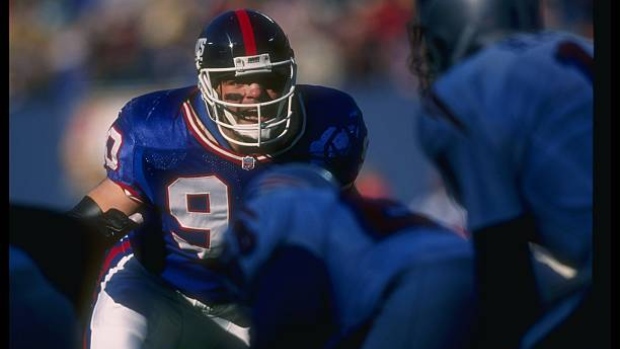
“I can’t even be associated with it. Honest to God, if you gave me a million dollars a year to talk about football, I’d pass it up. I could use the money, but I wouldn’t touch it with a thousand-foot pole.”
His contribution and his ability to excel on the gridiron because of the focus and dedication he displayed most of his football life is still something that Dunn talks about with players nearly 30 years later.
“You never know if someone will make it in the pros but I always use Corey as an example,” Dunn said. “I was pretty lucky to coach a lot of guys who made it at Auburn and Ole Miss but coming from Montana State, I have always told guys, ‘if you are good enough, they will find you.’ You don’t have to be at a top, well-known school. Corey would’ve been found anywhere.”

